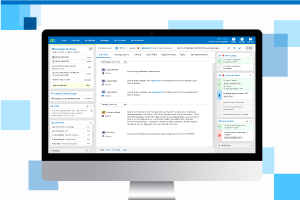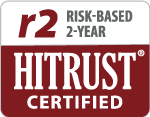Care Continuity, an innovator in automated care coordination since its inception in 2014, is in the process of rolling out a new iteration of its proprietary technology platform. User interfaces will be personalized via specific portals, improving ease of use and overall efficiency. Along with reducing the growing complexity associated with one centralized portal, this approach allows each user segment to be tailored to its specific use case.
Care Continuity has tested this approach with a large referral management client, tailoring portals for specific office users and providers. Next in line is launch of a dedicated Concierges portal, tailored specifically for care coordinator use cases. The Concierges portal provides all the functionality of its predecessor, further simplifying access to information needed to perform efficiently and effectively, ultimately increasing the number of lives served.
In addition to improving usability, this approach also provides more visibility into how Concierges interact with the platform, enabling Care Continuity developers to modify and/or change features rapidly, optimizing workflows to navigate more patients effectively and efficiently.
What does this look like in a real-life scenario? In a typical Emergency Department (ED) application, Concierges access the portal to review information on patients who are slotted into work queues based on their discharge information. They see the reason for the visit, any insurance considerations and availability of in-network specialists and/or primary care physicians, greatly streamlining the process of arranging follow-up appointments and addressing other needs such as transportation. If tasks have been assigned to the patient, they see a quick overview and any status updates.
Shifting to the new Concierge portal is designed to be a seamless user experience, so as not to create disruption in the transition. Much of the interface appears the same as the legacy platform, albeit with a slight polish, enabling Concierges to see just what they need to see to best serve patients.
Behind the scenes, this approach also simplifies the work of Care Continuity program managers, who are charged with setting up work queues based on client populations. Without a lot of customization, they can set up work queues and monitor overall patient support.
As a technology innovator, Care Continuity is always exploring ways to further automate and improve its care coordination model. Our developers are constantly asking, “What can we automate? What can we make more efficient? How can we make our process better, so we help as many patients as possible?”
Ready to learn how Care Continuity can help you automate care coordination, so patients get the timely support they need? Schedule a meeting today to learn how Care Continuity can benefit your enterprise.

